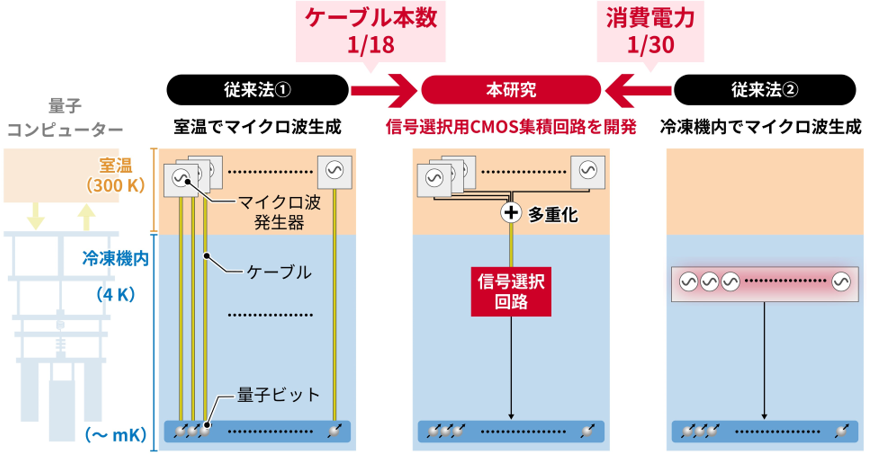2025-06-09 京都大学

チャープ構造を持つツインビームによる非線形ラマン分光のイメージ図
<関連情報>
- https://www.t.kyoto-u.ac.jp/ja/research/topics/20250607
- https://www.t.kyoto-u.ac.jp/ja/research/topics/r70607seika_eto
- https://journals.aps.org/prapplied/abstract/10.1103/7pvj-3dqt
高輝度な相関のあるツインビームによるスペクトルフォーカシング コヒーレント・アンチス トークスラマン散乱 Spectral-focusing coherent anti-Stokes Raman scattering driven by bright correlated twin beams
Yujiro Eto, Mutsuo Nuriya, and Hideaki Kano
Physical Review Applied Published: 6 June, 2025
DOI: https://doi.org/10.1103/7pvj-3dqt
Abstract
An understanding of the interaction between bright correlated twin beams and matter is important for expanding the applications of optical quantum technology. In particular, it is worthwhile to clarify the advantages of twin-beam correlation in spectroscopic applications, since twin-beam sources that use parametric down-conversion have a wide range of wavelength tunability. Here, we theoretically and experimentally demonstrate that the spectral-focusing technique used in coherent anti-Stokes Raman scattering (CARS) can be implemented by twin beams without the use of ultrashort-pulse lasers. In typical spectral focusing using ultrashort pulses, spectral resolution is improved by narrowing the instantaneous frequency width due to frequency chirping. Similarly, we show theoretically that the formation of a chirp structure within the temporal correlation of twin beams produces an effect similar to typical spectral focusing. To experimentally demonstrate twin-beam spectral focusing, CARS spectroscopy of polyethylene is performed when the time delay between the chirped twin beams is set within the correlation width or it is set outside the correlation width. We observe that the spectral resolution is improved when the correlation is effective. By comparing with theoretical simulations, we confirm that the improvement is caused by frequency chirping.



